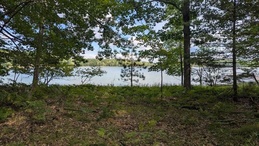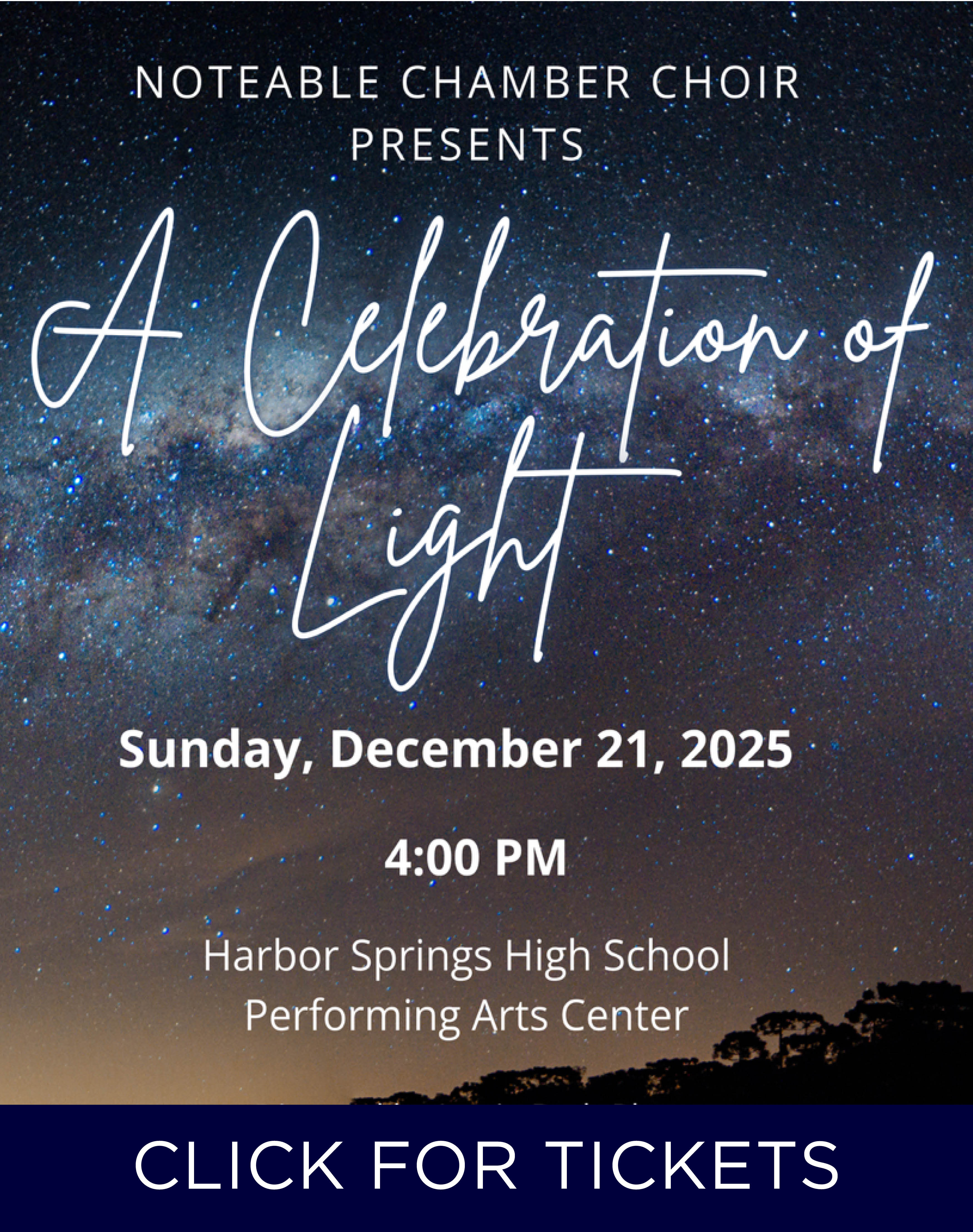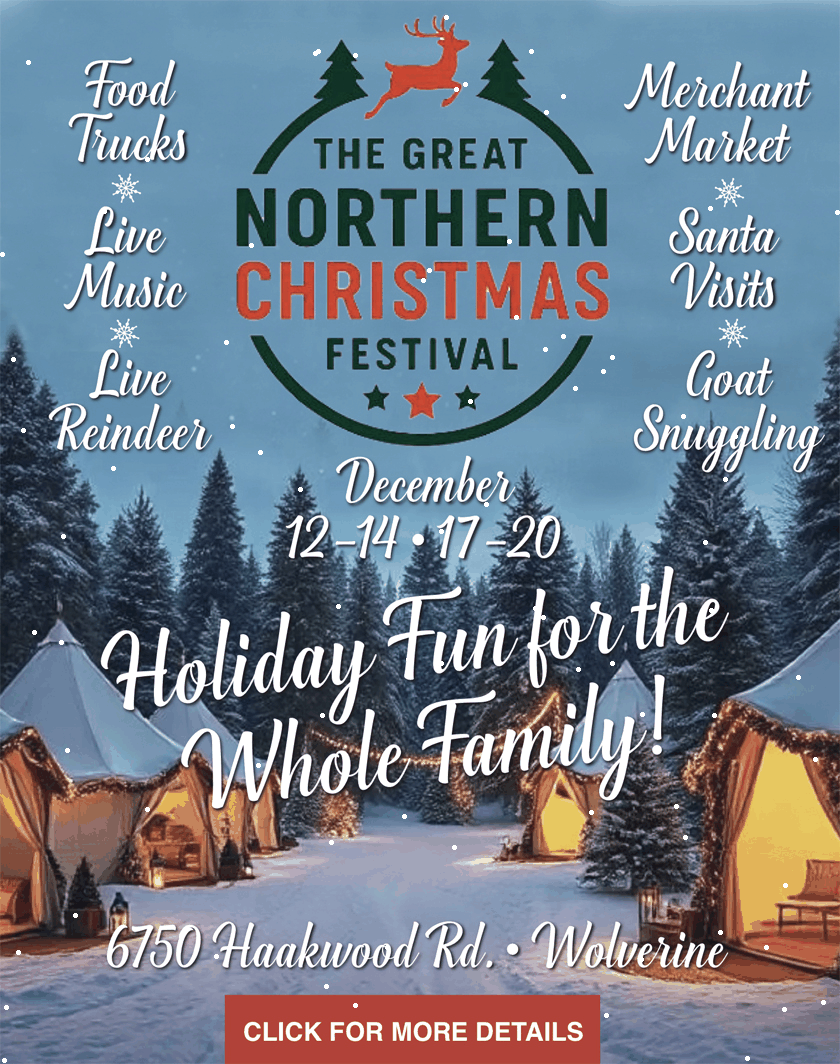Going out Green: Bob Butz
June 7, 2009
Going out GreenBringing death back to life again
By Anne Stanton 6/8/09
Last summer, my dad was told last his days were numbered after he was diagnosed with mesothelioma, also known as asbestos cancer. About a month later, I went to spend some time with him in Arizona. One morning, his hospice social worker came by to visit him.
“Jerry,” she said, as she wrapped up her meeting with him. “Are there any outstanding concerns you might have right now?”
In fact, there was. He told her that he planned on getting cremated, and he wondered whether she had a price list.
At that moment, I’d been trying to stay out of the way in my parents’ tiny little mobile home, but I almost choked on my bagel. He was just so matter-of-fact about the whole thing. But the social worker wasn’t so surprised. She pulled out a blurry “price list,” that looked like it had been copied about a hundred times.
“You wouldn’t believe how much the price varies in the area,” she said. “You can get cremated anywhere from $800 to $1400! It really pays to make a few phone calls.”
Dad eagerly reached over. “Let me take a look at that.”
My dad had the time—and, most importantly, the willingness—to plan his funeral, and that’s just what people should do, said Lake Ann resident Bob Butz, who will release his new book Going Out Green in early July.
100 PERCENT CERTAIN
I didn’t know at the time, but my dad was doing all of us a big favor.
Jennifer Hoxsie, a Munson Home Health Care nurse, meets a lot of people close to death, who simply will not make post-death plans.
“They think of death as this black cloud in the distance and just hope it blows in some other direction,” she said. “As a nurse, you try to help the patient understand it’s not about giving up, throwing in the towel; it’s about taking responsibility for yourself and your illness, so families don’t have to make all the decisions for you in the end.
“When you think about the life cycle, the food chain, death is all a part of it, but everybody likes to ignore that part. Nobody wants to talk about it. But we need to. It’s not probable that you’re going to pass. It’s a 100 percent certainty.”
GOING OUT GREEN
You might think that death is a serious subject, but you will be hard pressed to find a funnier book on death than Butz’s Going Out Green. It’s David Sedaris meets the Midwest outdoor guy.
Butz spends a lot of his writing life on the subject of nature and hunting, and he’s completely comfortable with the cycle of birth and death. Fortunately, for the reader, he lets loose with his writing, and I mean completely loose in a way he hasn’t in previous books. The book’s premise: he has 12 weeks to plan his green funeral.
Each chapter begins with what he’s learned that week such as: “The Tenth Week: Wherein issues of privacy thwart efforts to observe the embalming of an actual human cadaver.”
It’s true. Butz is unable to get anyone to let him watch a body getting embalmed, so he does the next best thing and reads a book and watches a video.
THE PROCESS:
“Try reading 300-plus pages of this stuff—how to shave the body to enhance the effect of cosmetics, how to punch a hole through a cadaver’s mandibles for the purpose of wiring a slack jaw shut, how to suture or ‘pin the lips’—and I can tell you it certainly helps to have a sense of humor, which I managed to maintain pretty well until it came to the not so subtle violence a mortician must employ in the process of ‘cavity aspiration,’” he writes.
“According to the text, cavity aspiration is necessary ‘ … to remove as much of the liquid and semi-solid contents of the viscera … to remove gases and liquids [and] prevent purge and flushing … to remove blood which has accumulated in the heart and major truck veins’ . .. . Plainly speaking, pumping formaldehyde into the veins of a cadaver and then massaging it into every fingertip and toe does not completely pickle a corpse. Every cadaver has a trunk full of innards that must be ‘aspirated,’ which the mortician accomplishes with a two-foot long, bayonet-like instrument called the trocar.”
He makes nicey-nice at the chapter’s end, saying he would never judge anyone who decides to get a loved one embalmed: “But what I did come away with from this exercise is, perhaps, a better understanding of why I encountered so many closed doors—and I believe, ultimately it has less to do with privacy than the fact that if more people got a glimpse of what happens to their loved-ones after they’ve taken their last breath, there’d be a hell of a rush on pine boxes, scented bath oils and incense.”
WILD BURIALS
The high cost of funerals—averaging in price from $8,000 to $10,000—is almost as harrowing as Butz’s description of the embalming process or what happens to a corpse in a sealed coffin (it, ah, turns into a “fetid, putrefied slop”). Most of us have heard stories of the dutiful daughter putting mom’s $18,000 funeral on the credit card and paying for it for years on end.
“A coffin alone can cost $10,000. It’s sort of sad that people measure their love they have for somebody on how much they spend on the funeral. When you lose someone and are pressed for time, you’re not really a discerning shopper,” Butz said
Again, Butz is making no judgments. Some people believe the importance of their life should be reflected in the quality of the casket and grandeur of the headstone. He’s not one of them.
“At this point, and I talk about it in the book, I want a pine box built by myself. I don’t want to be embalmed. I don’t want a viewing per se, unless it’s done in a home funeral setting. As to where I’d like to be buried, I don’t know that yet. I’d prefer to be buried on my own land if I had it. Land that’s dear to my own heart. If I don’t have the land by the time I die, I’d like my friends to put me on a piece of land that meant a lot to me, that sustained my soul in life.”
And nature is what has sustained him.
NATURAL CEMETERY
He’s not alone. There are a number of people who could afford an expensive casket, but have chosen to get buried at the Brundage Wildlife Cemetery, a tiny cemetery between Interlochen and Honor that lies at the end of an obscure two-track road and nestled against state land.
“You would probably be amazed who we’ve brought there. Well known people, one of the wealthiest guys in Benzie County, who want to be buried there—not because of money—but because they really like the setting. I buried a doctor out there,” said Garry Pierce, who formerly owned the cemetery with his wife, Gloria (they’ve since conveyed ownership to Inland Township).
For $250, you can have your ashes buried at Brundage, a permanent place anyone could visit at anytime (which is preferable, perhaps, to burying the ashes on private land that might someday get sold to another owner, which makes for awkward visits). The graves are marked with flat stones in a variety of shapes and sentiments.
Butz took me to Brundage Cemetery last week to show an alternative to the traditional cemetery. Brundage began as a family affair in the 1800s, with wood crosses in the back of the cemetery erected in small rows. It would have been more tranquil, except that an army of tent worms has killed a disturbing number of trees, save for the towering red pines and stalwart red maples. The worms were crawling over everything, including a little fawn statue that stood by a grave marker.
RELEASING GAS
Yet the surrounding woods are very beautiful and just the ticket for spending an eternity.
Cremation, however, isn’t everyone’s personal choice, nor is it entirely green, given that it takes “an incredible amount of fossil fuel to incinerate a body. And there’s a high level of mercury emissions from dental work. It releases gases into the air.”
That’s according to Kimberli Bindschatel, who, along with business partner, Tom Nelson, is working on developing a conservation cemetery in the Grand Traverse region.
“We feel very strongly that this is the way to preserve land and conserve land for wildlife habitat as opposed to the way we’ve traditionally been creating cemeteries and having burials that’s not so good for the environment,” she said.
She envisions the cemetery as a nature preserve, with hiking trails, woods, meadows, and a bench here and there.
“It won’t look like a typical line of marble tombstones. There’ll be a path through a forest and a meadow with wildlife habitat. And we’ll ask people to use flat markers.”
With a conservation cemetery, people are buried in materials that could melt away into the earth—meaning pine boxes or shrouds, but no concrete and metal caskets. And no embalming fluid, which, by the way, is not required by state law. A funeral director is mandated by law to certify a death certificate and “supervise the funeral.” Michigan is the only state in the country to impose such a requirement (a similar law was just rescinded in Utah earlier this year, thanks to a ballot initiative).
Bindschatel and Nelson are looking for a minimum of 40 acres to buy, so if you’re interested in talking, give her a call.
RITUAL
Going out Green offers more than the eco-technicalities of putting your body to rest. It’s also about taking back the final act of your life. In the olden days, a family member was laid to rest in the parlor and there was time to visit and cry and laugh. Butz is about returning to those days of ritual, much like the movement of home births, or at the very least, allowing fathers to be at their wife’s side during birth. Some things are personal and intimate and not to be missed out on.
Butz recalled his own experience, as an 11-year-old, when his dad died, and how the impersonal nature of the funeral affected him deeply.
“I hadn’t visited my dad’s grave in 20 some years, and when I went there to research this book, all I could think about was what a waste his funeral was that day and how awful it was. Not that he was gone awful, but how I didn’t even recognize my dad. That was not my dad, in any way, shape or form. My dad never wore a suit in his life. He was so pumped full of fluid, I didn’t even recognize him. They took him to this place he’d never been to in his life and put him there. It was all those things that weren’t my father.”
“For me, my dad is a memory. He’s a spirit. His whole thing was the outdoors, nature. That’s who he was. That’s who I am. … Some people need a cemetery like some people need a church. And then there are people like me where my nature is my church, and it always has been. It’s all around me.”
Going out Green is published by Spirituality and Health Books, the group that publishes the magazine by the same name. For more info, see www.spiritualityhealth.com, where Butz has posted a blog.
Trending

Farm to Glass with Ethanology
When Elk Rapids distillery Ethanology committed to locally-sourced ingredients for their products, it seemed like they&rsquo… Read More >>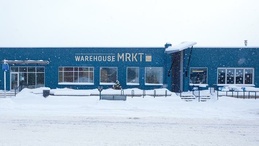
MRKT HLDY SHPPNG, aka Warehouse MRKT Holiday Shopping!
Shop the latest from local makers and vendors at the Holiday MRKT Share at Warehouse MRKT in TC, Saturday, Dec. 20, from 10a… Read More >>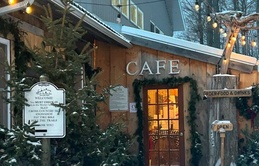
Men and Ugly Sweaters
Those two things don’t always go together, but on Dec. 19, you’ll see both out and about in Petoskey and Harbor … Read More >>